Cow talk: Delicious beef tongue
Beef tongue is not a delicacy limited to Japan, but Japan’s gyutan (beef tongue) is enjoyed for its snappy bite and beefy flavor, ranking amongst the best in the world. Gyutan, the formal dish, originates from the north-eastern city of Sendai and traditionally sees both thick and thin-sliced cuts of tongue lightly salted and grilled, served up with rice and Japanese pickles. Modern incarnations include cooking tender and chewy cuts of the tongue in tare sauce, making donburi rice bowls topped with beefy cow tongue slices and katsu-style breaded beef tongue.
Break the piggy bank for Kurobuta pork
Wagyu is to beef what Kurobuta is to pork – the most succulent cuts of pork cultivated from the highest grade of heritage-breed pigs carefully reared in open, healthy environments. Thin, marbled layers of fat add extra sweetness to the uniquely tender meat of what many consider the most delicious pork on earth.
Kurobuta pork can be sliced and grilled yakiniku style for some particularly mouthwatering barbecue, or fileted and fried into the juiciest tonkatsu Japan has to offer. Of course, Kurobuta pork belly can also be utilized in any number of recipes or rendered into unforgettable crispy bacon strips.
Go yam for yama-imo, fresh or grated
Japanese mountain yams, or yama-imo, remain a controversial choice amongst Westerners for possessing a similar sticky, slimy quality that makes natto hard to stomach for some. However, once you understand the palate-changing potential, these plentiful and affordable yams are delicious and healthy, packed with fiber and antioxidants.
Yama-imoare delicious served raw, often eaten simply sliced like carrot sticks – excellent with wasabi and soy sauce. These sticky white yams additionally can be grated into a paste-like substance called tororo which finds itself in all sorts of surprising places within Japanese cuisine – stuffed into tofu skin in a stewing pot of oden, mixed up with raw tuna for a healthy rice bowl, or even on top of a steaming serving of udon noodles.
Japanese eggs, delicious raw or rolled
Visitors to Japan are often taken aback when they see locals cracking open a raw egg onto their beef bowls like it was the most natural thing in the world. As Japanese chickens are raised to different standards – including enhanced sanitary requirements to prevent salmonella, and without the industrial antibiotics found in Western eggs – Japanese eggs are perfectly safe to eat raw.
You can lightly boil them just hot enough for onsen tamago, a type of poached egg traditionally cooked in actual hot springs, or fry them up and roll them into traditional, delicious dashimaki, the slightly sweet rolled omelet often used in egg sushi.
Marvelous and meaty matsutake mushrooms
Prized around the world for their distinct fragrant flavor, imitation matsutake mushrooms are sold worldwide. But make no mistake – authentic matsutake mushrooms can only be found in the pine forests of Japan, and only after surviving the yearly weather and wild animal onslaught. Despite international competition, true domestically grown matsutake can fetch 1,000 dollars a kilogram, with the annual yield decreasing every year. Matsutake mushrooms are best enjoyed as a savory treat in a body-warming sukiyaki hotpot, or made the star of the show in the simple-yet-irresistible matsutake gohan, where matsutake and rice are cooked together with a splash of dashi.
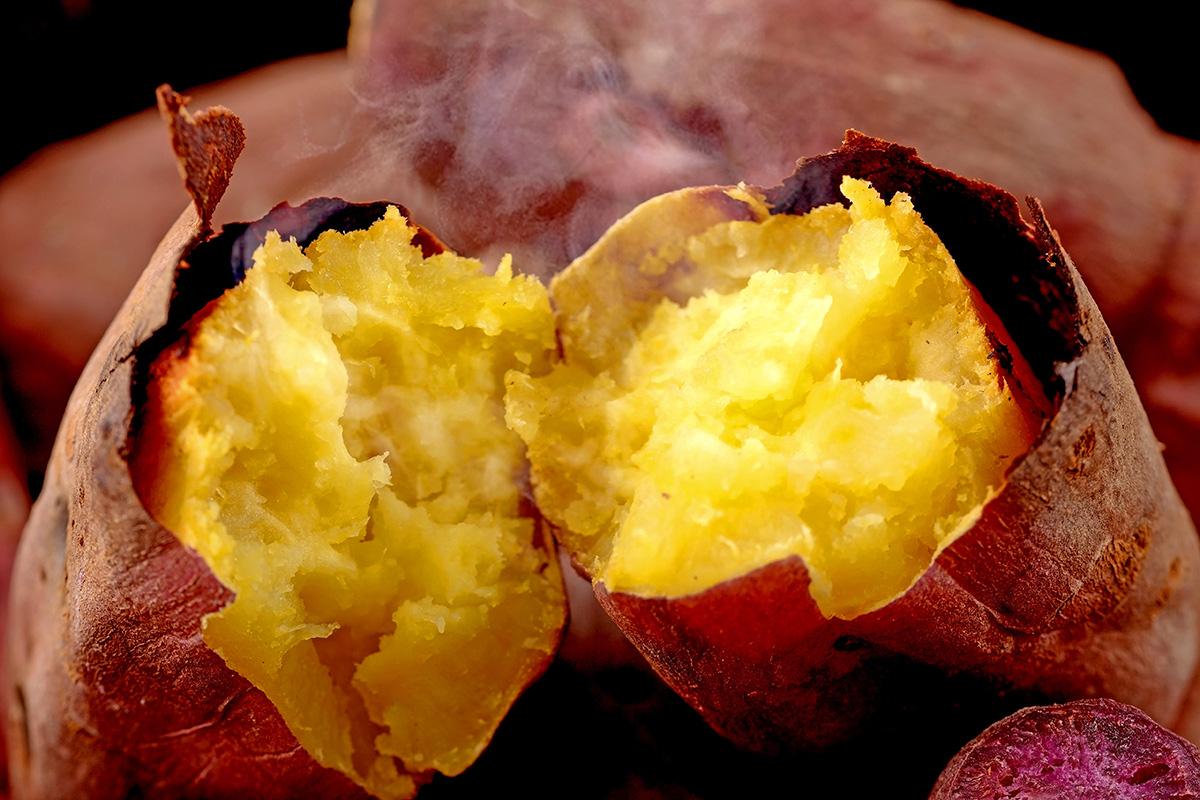
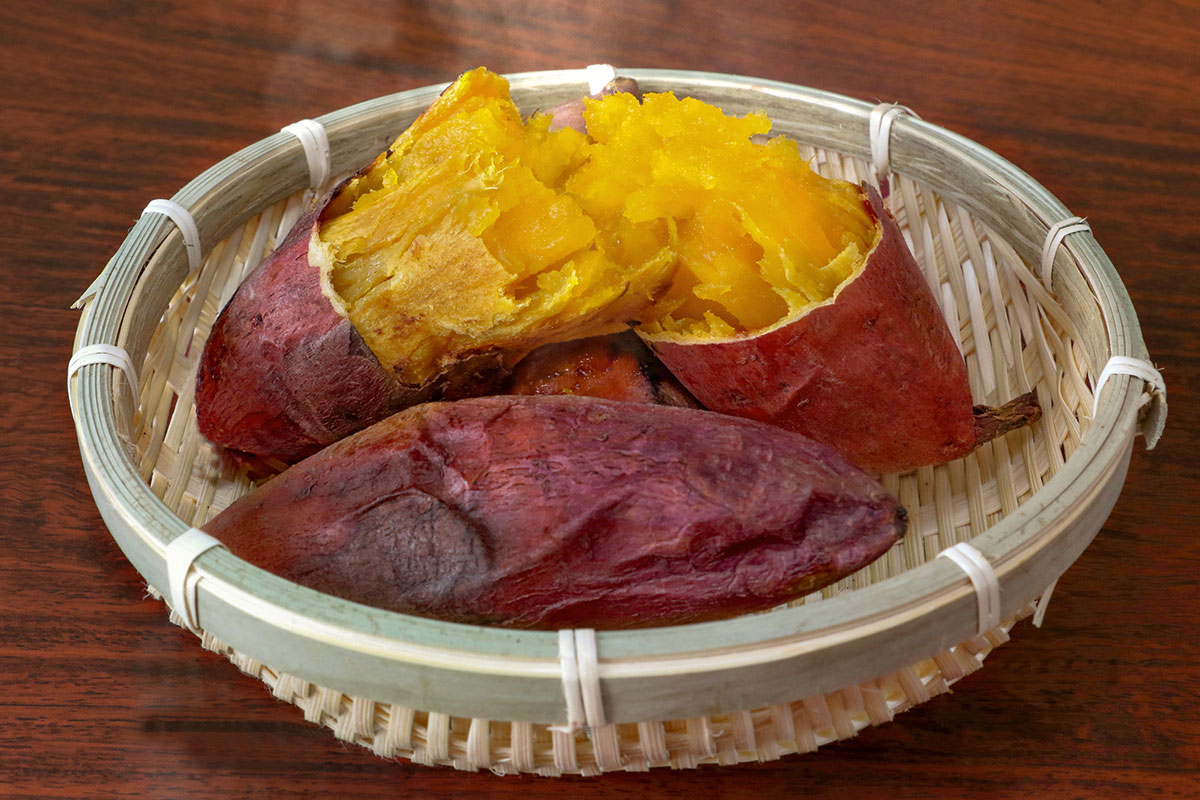
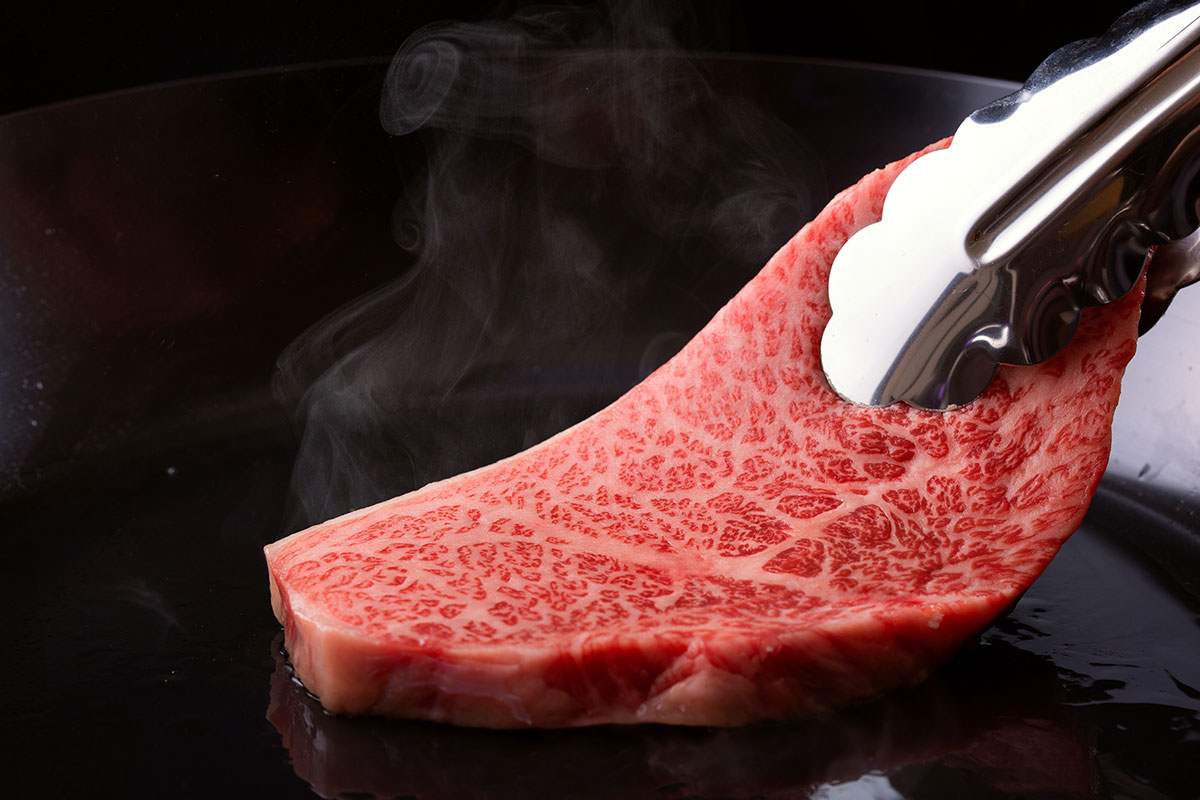
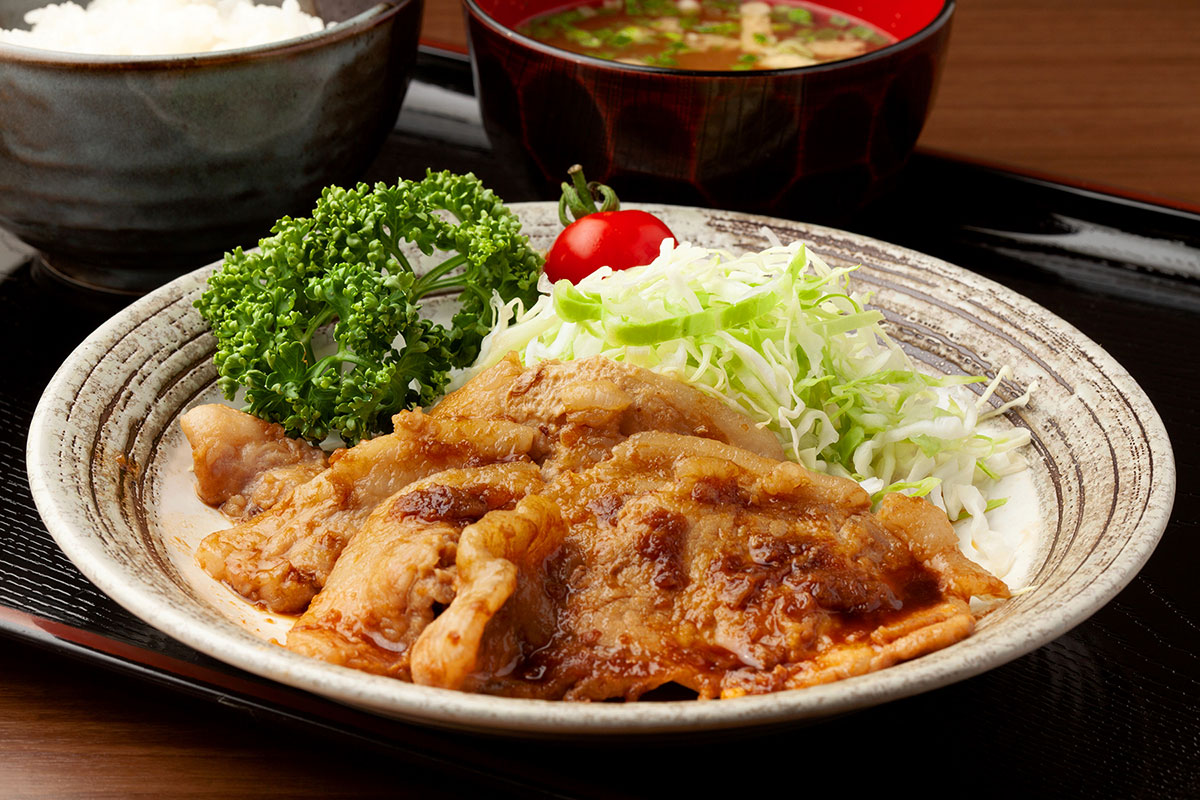
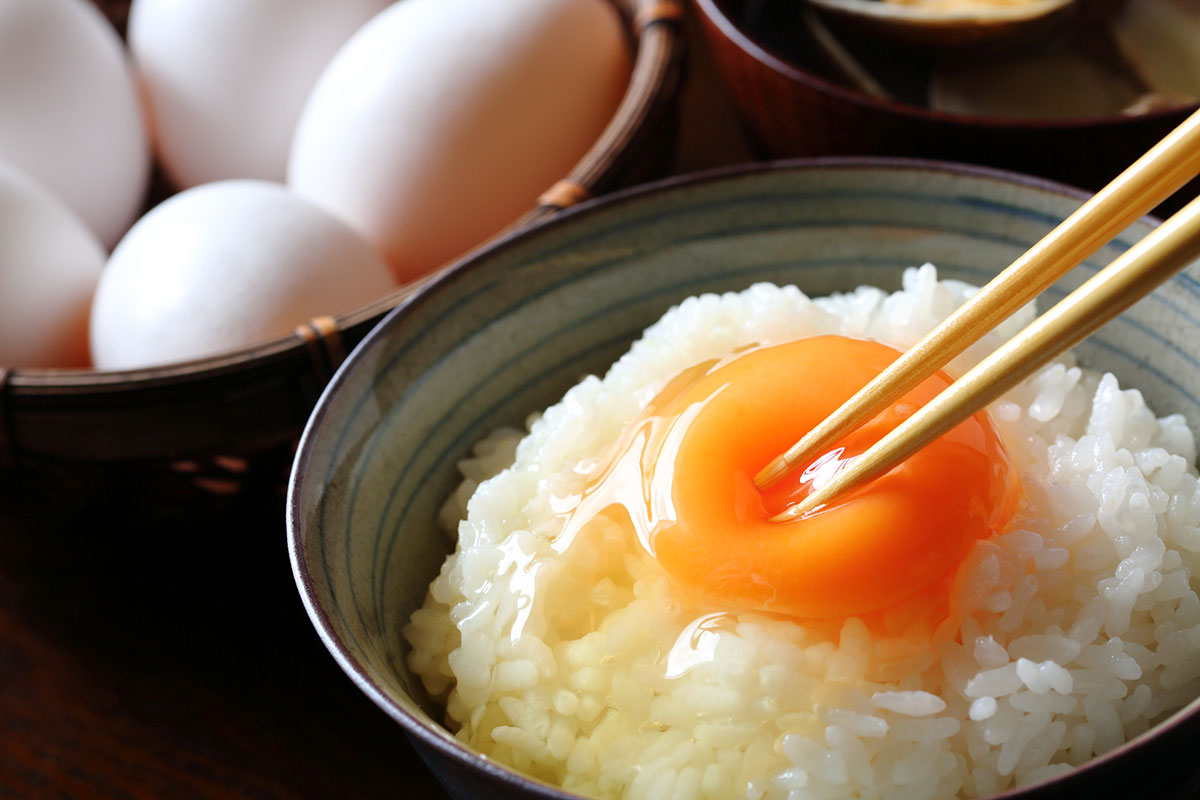
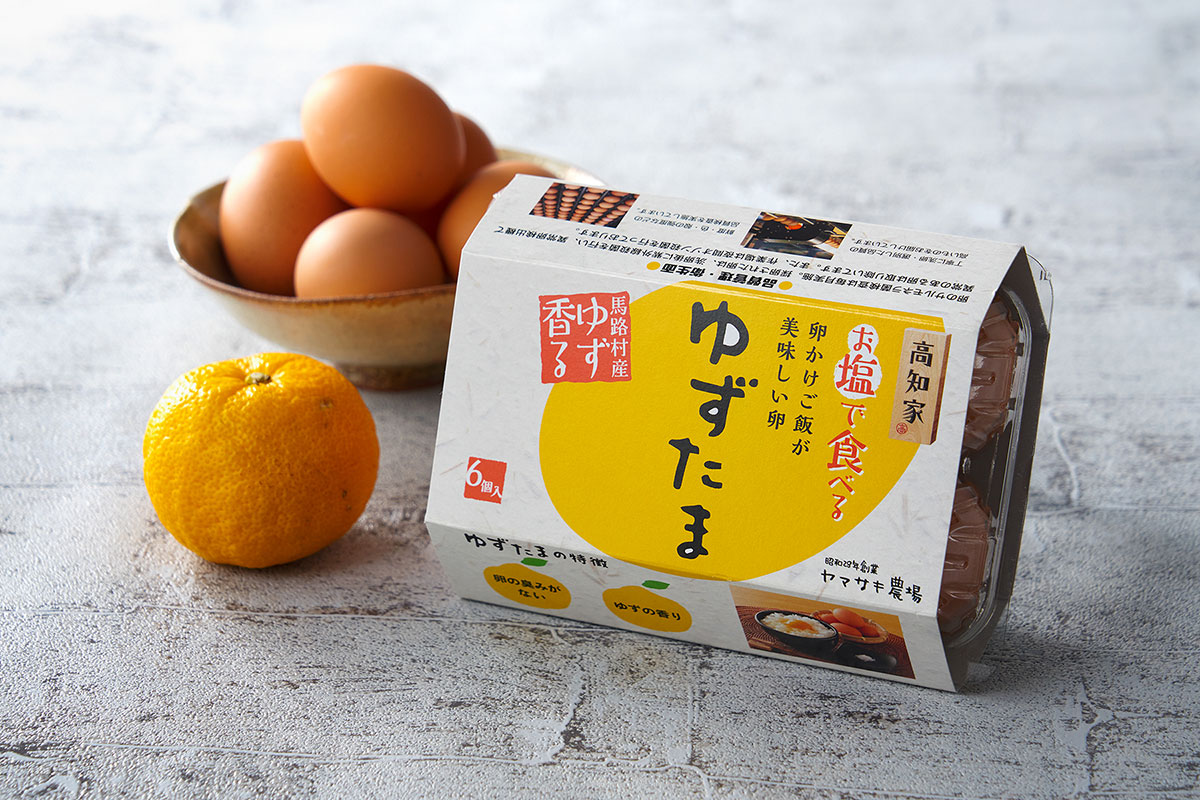

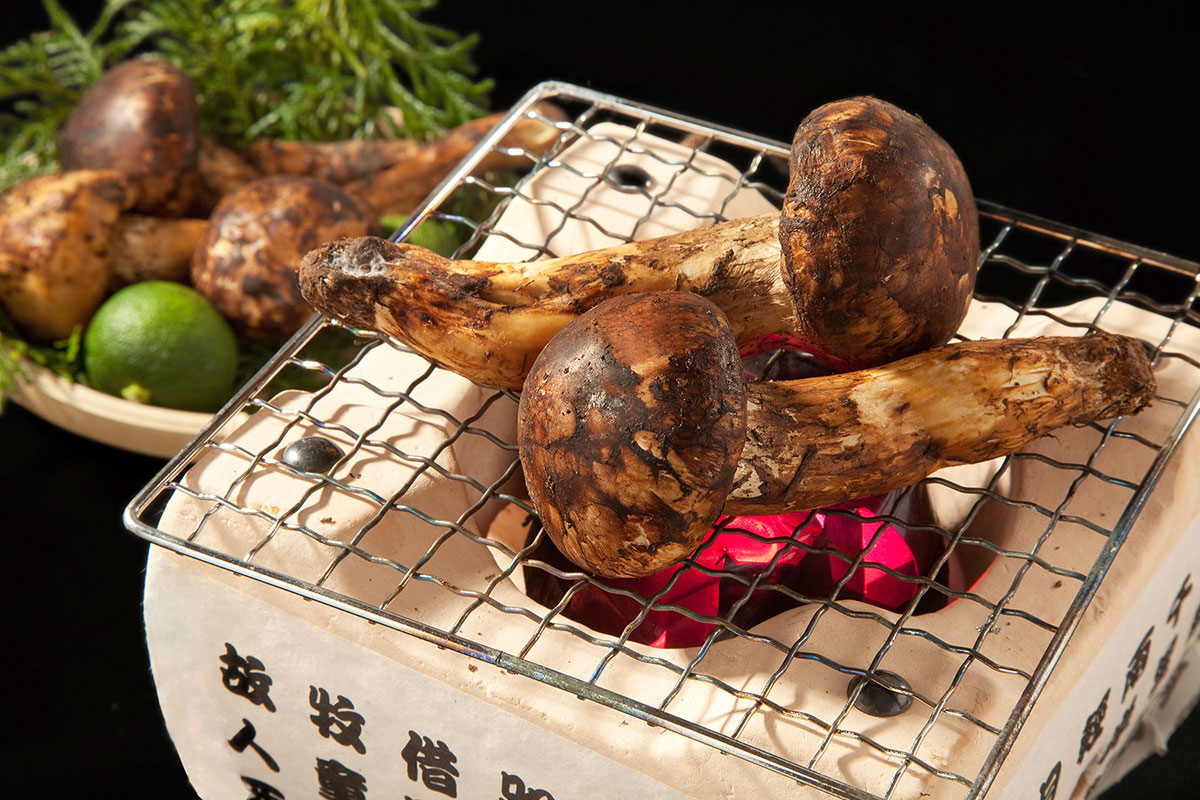
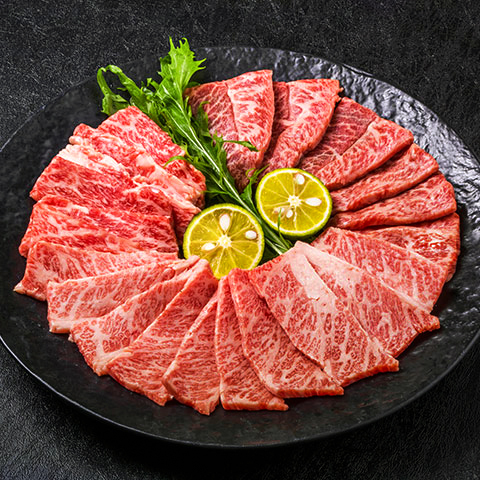

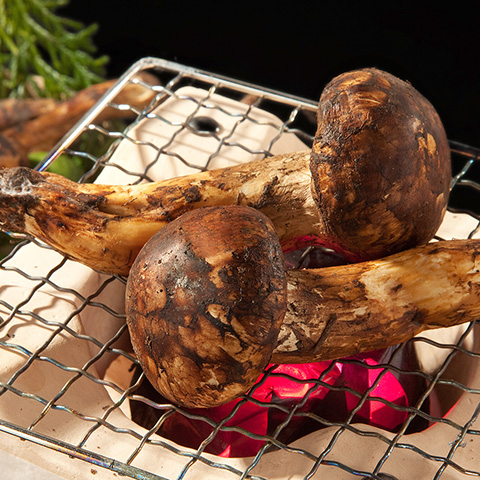
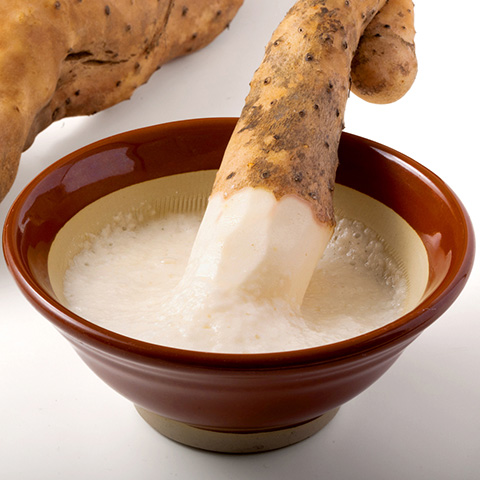
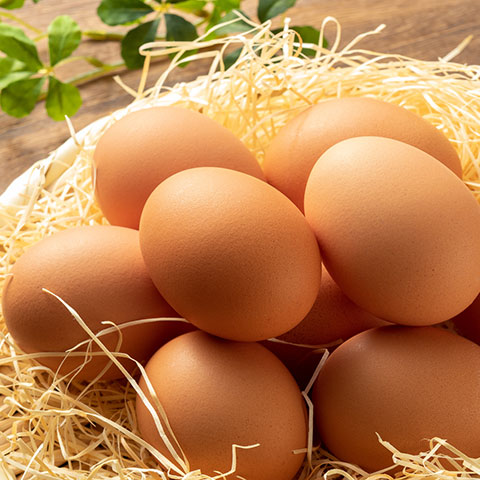
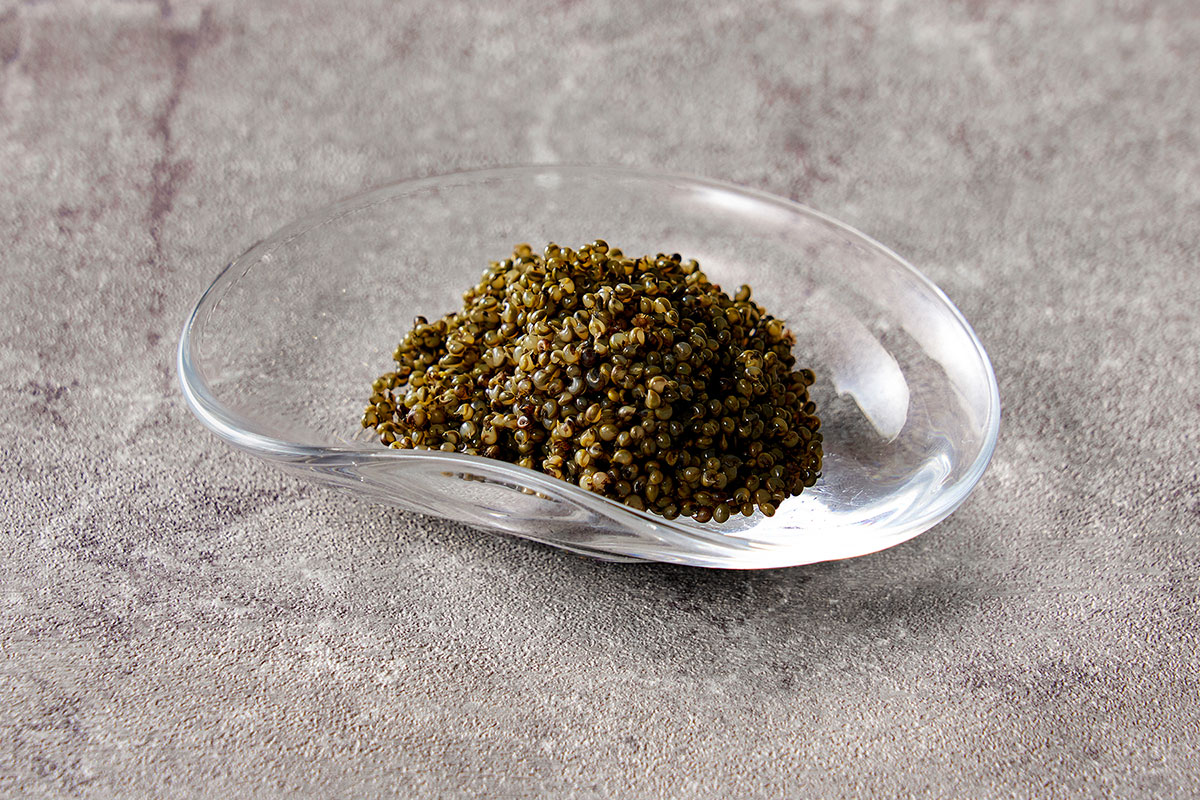
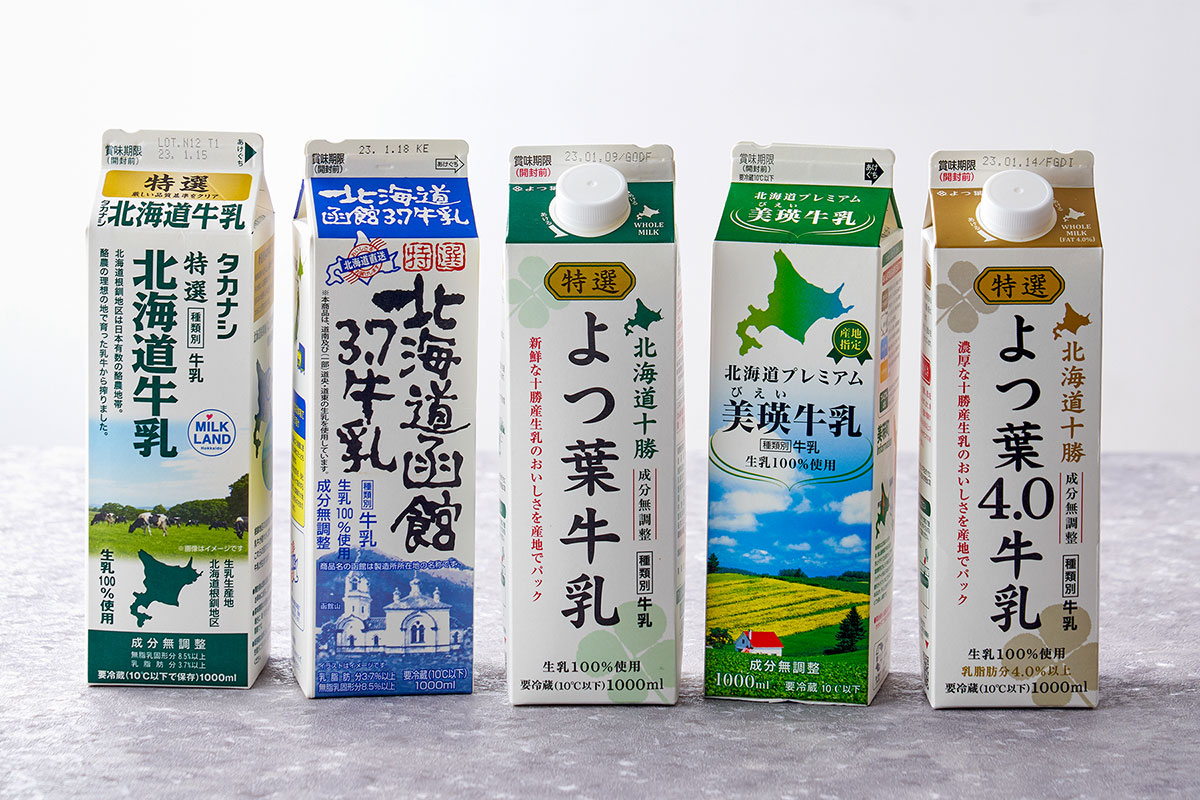

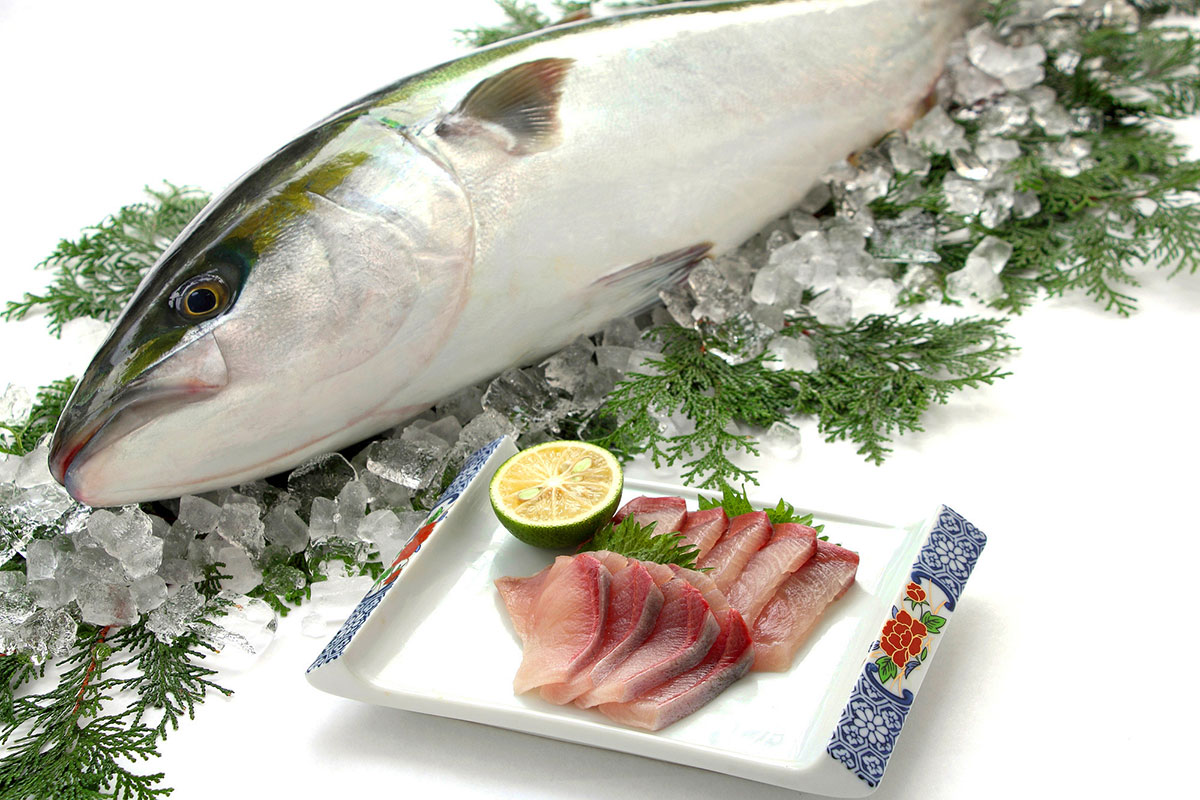
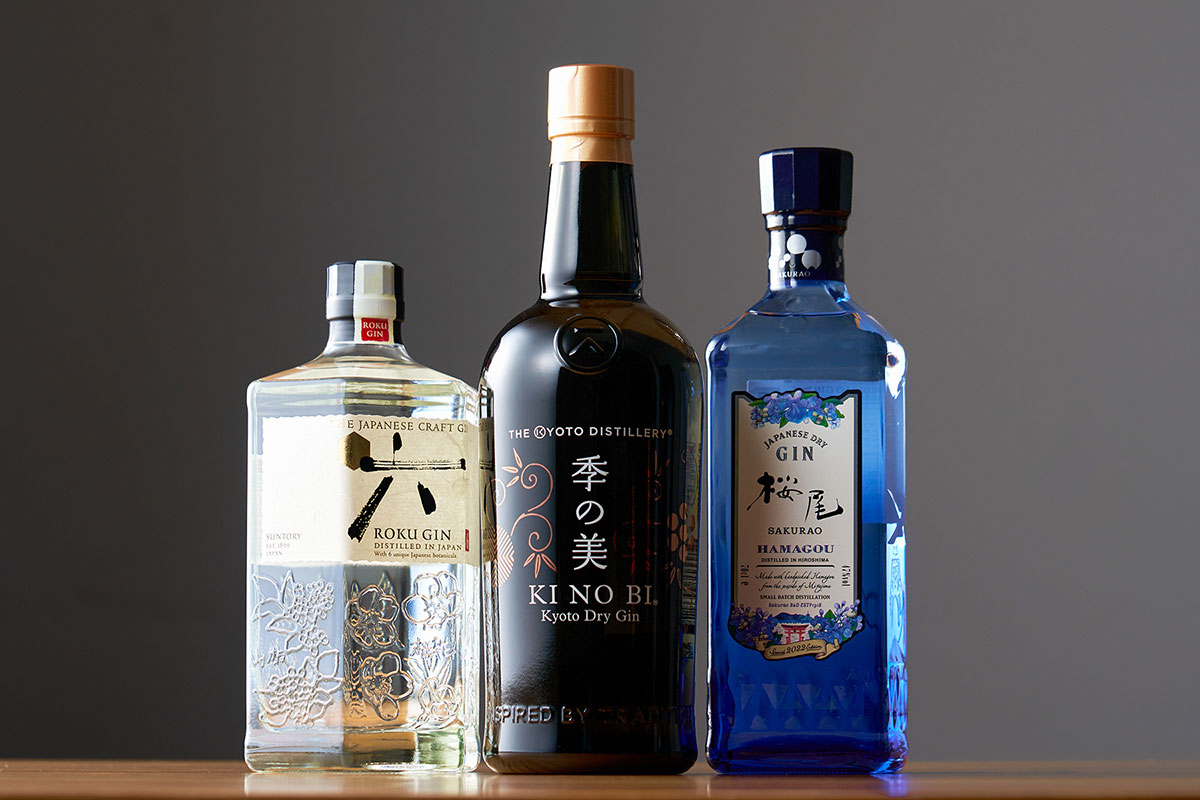
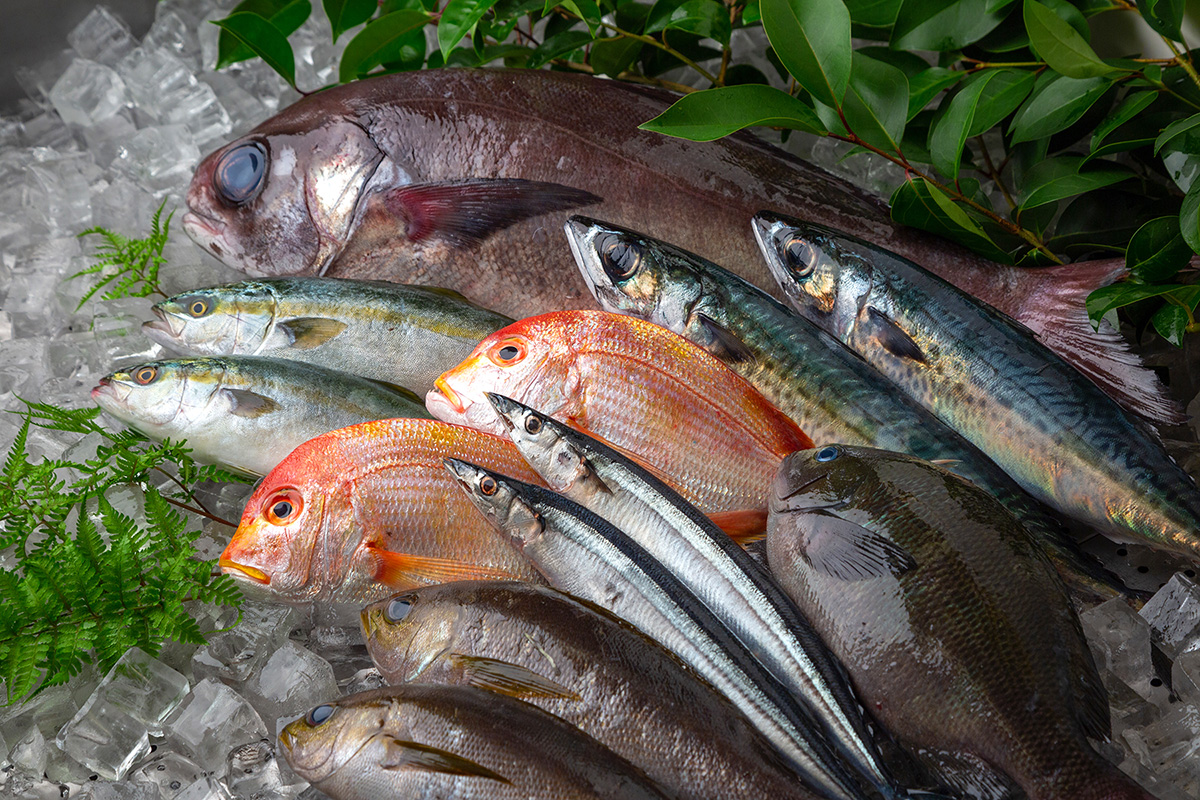
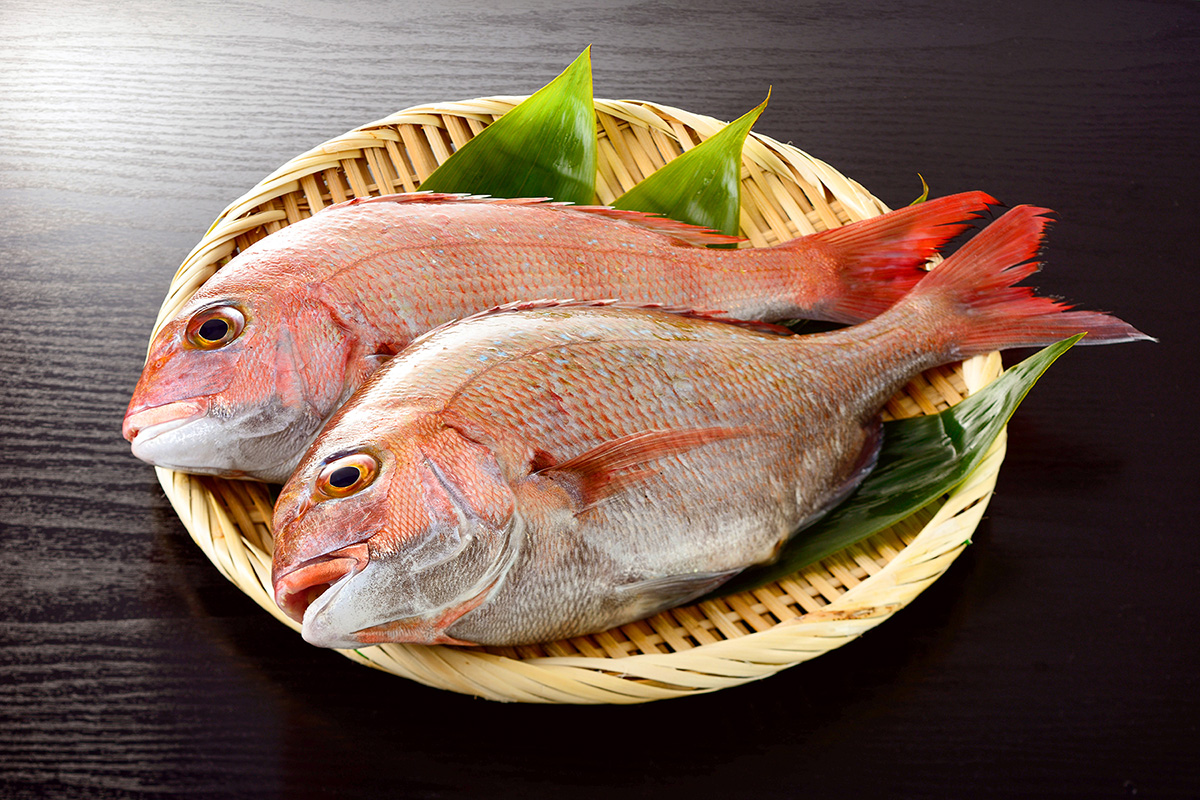
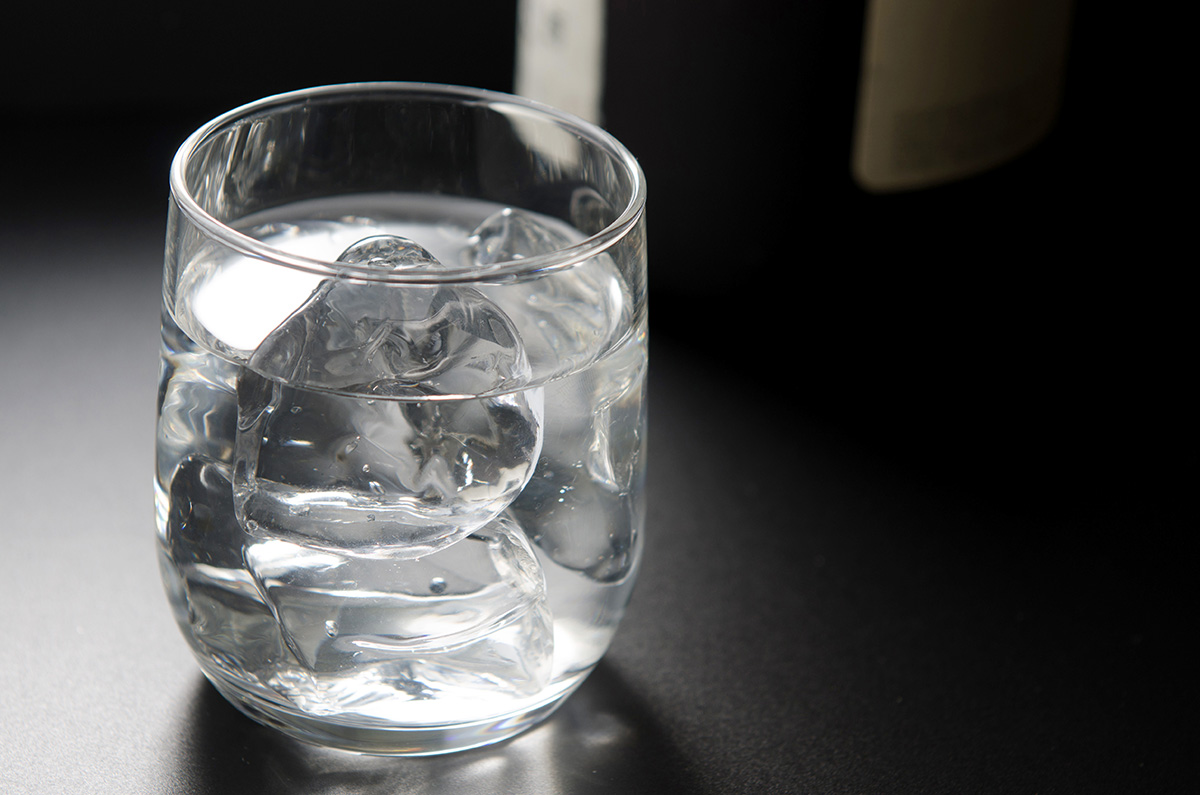
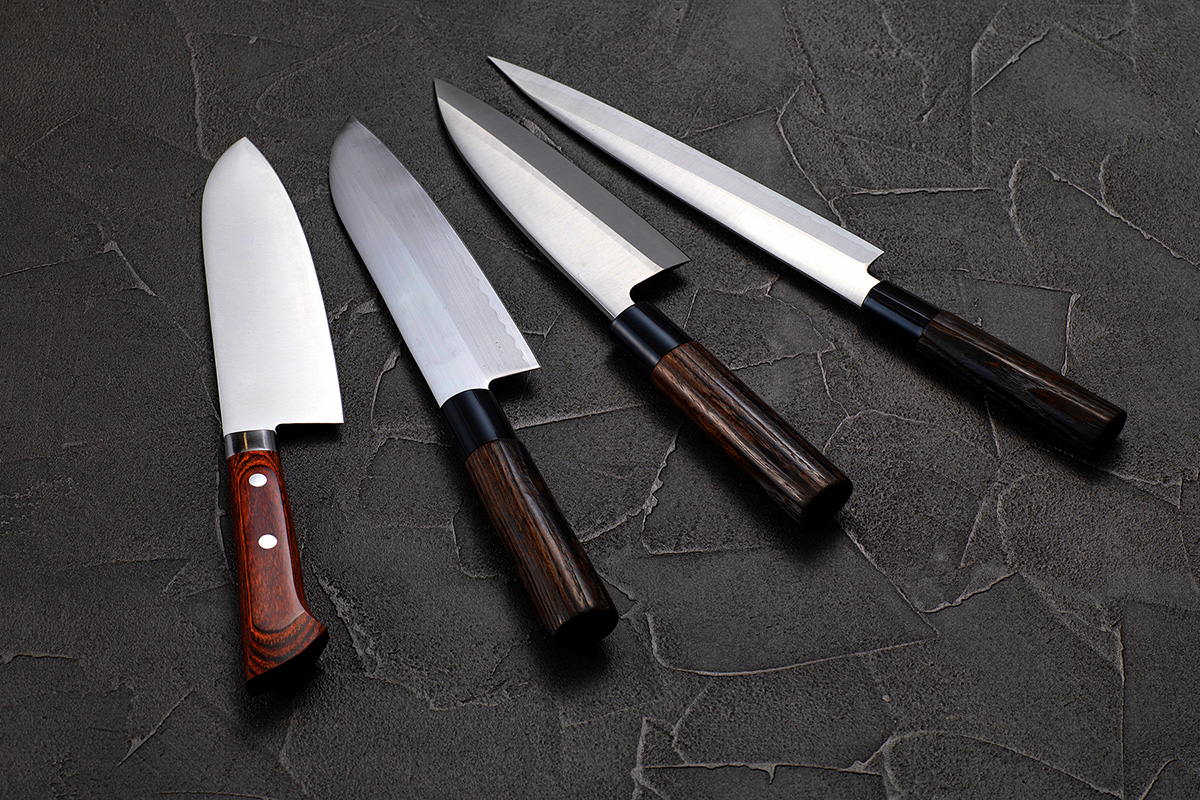
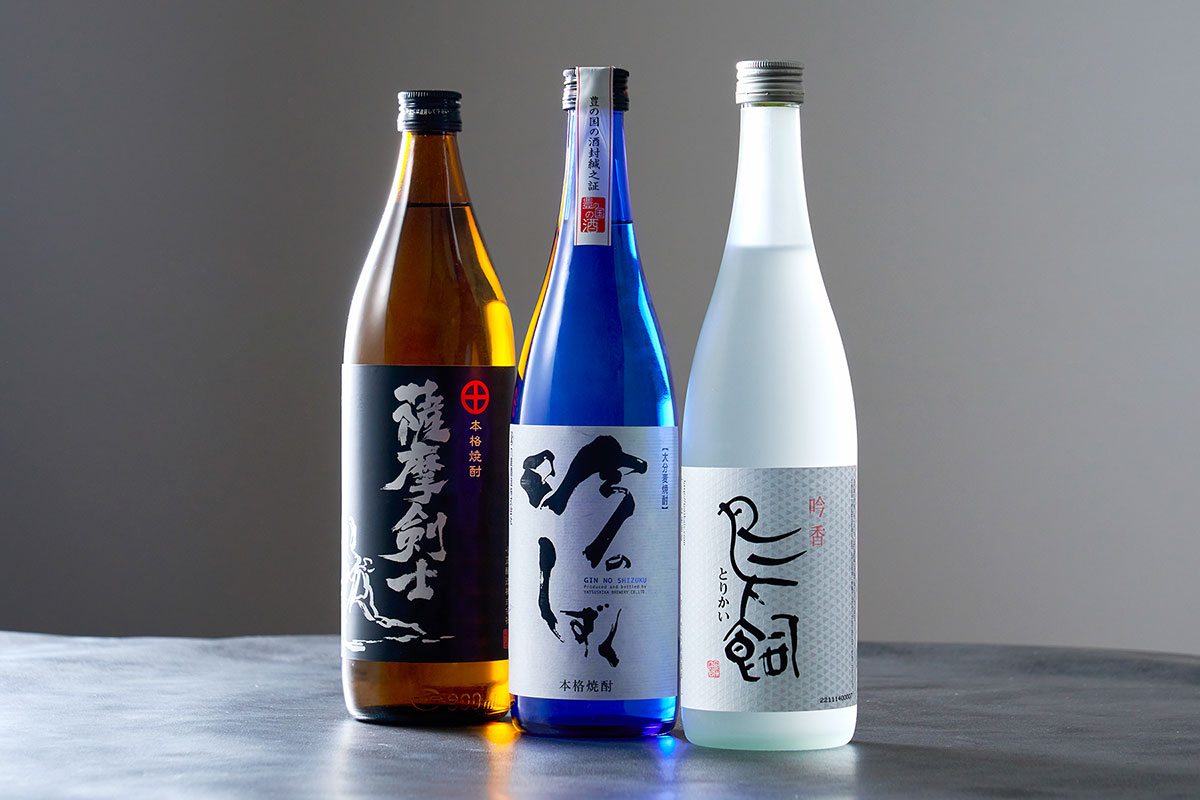
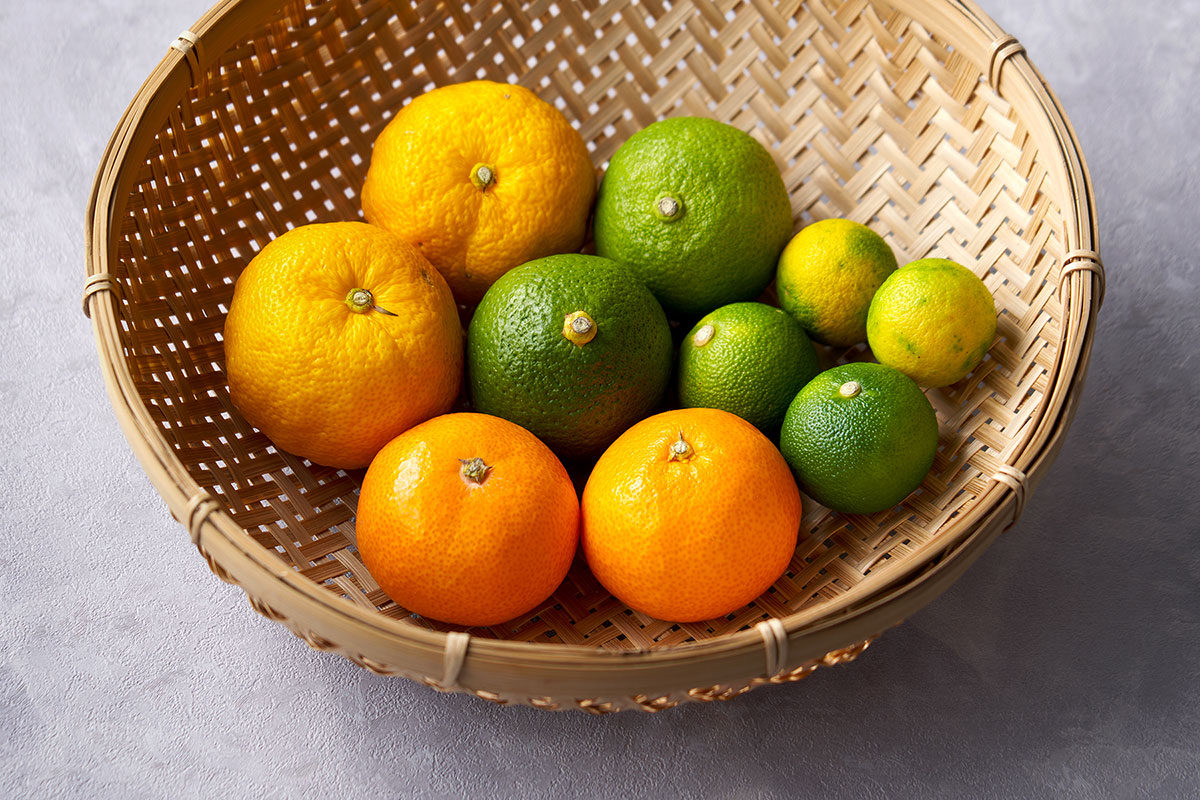

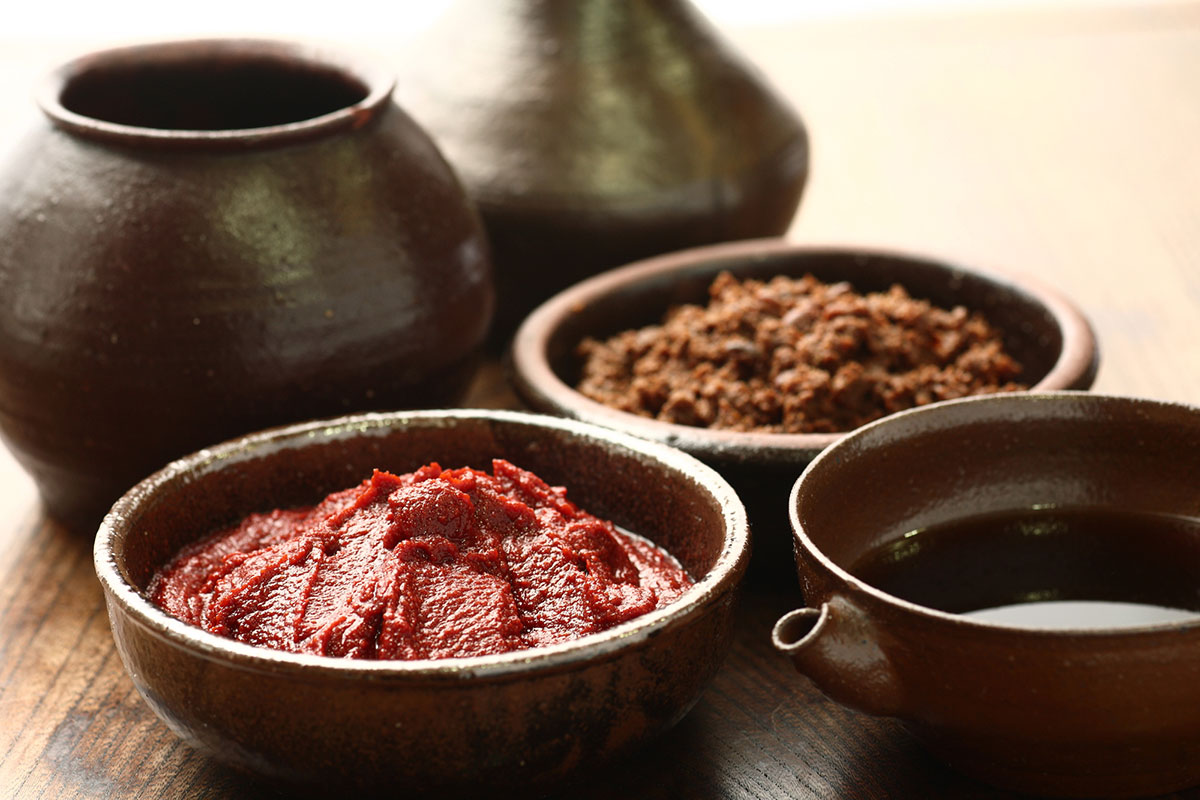
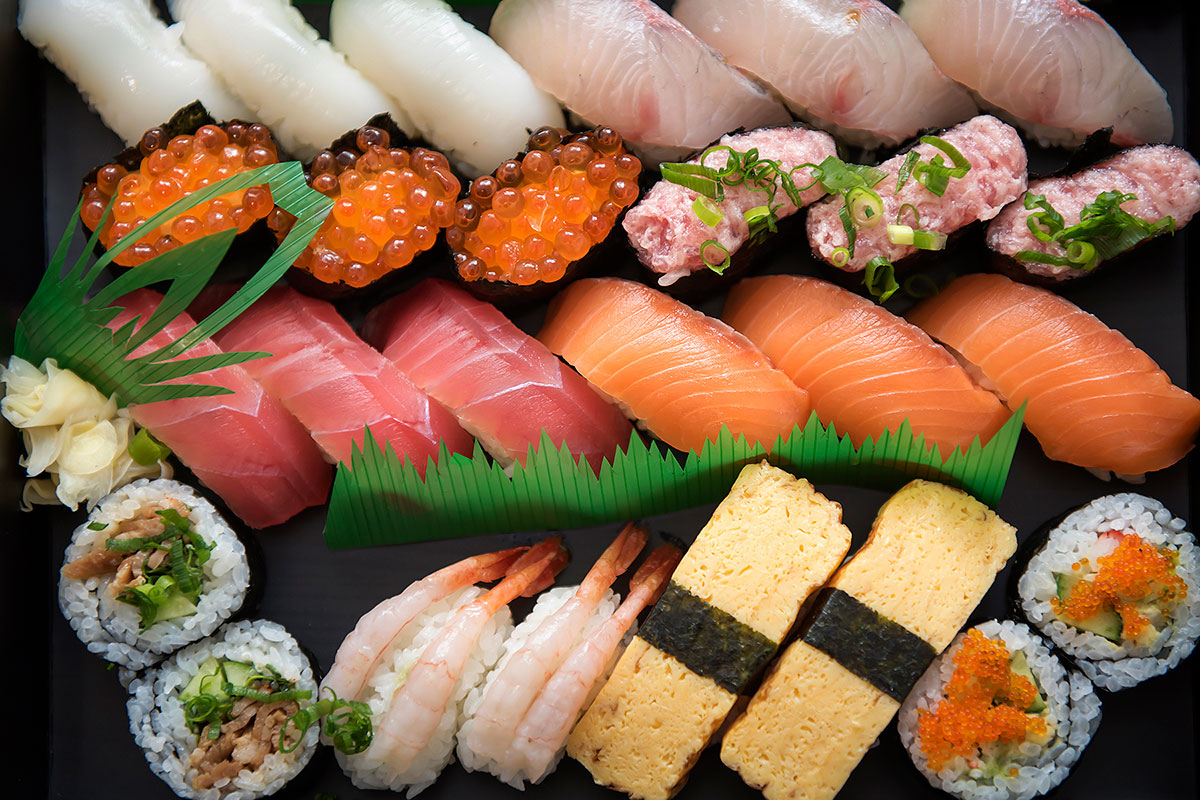
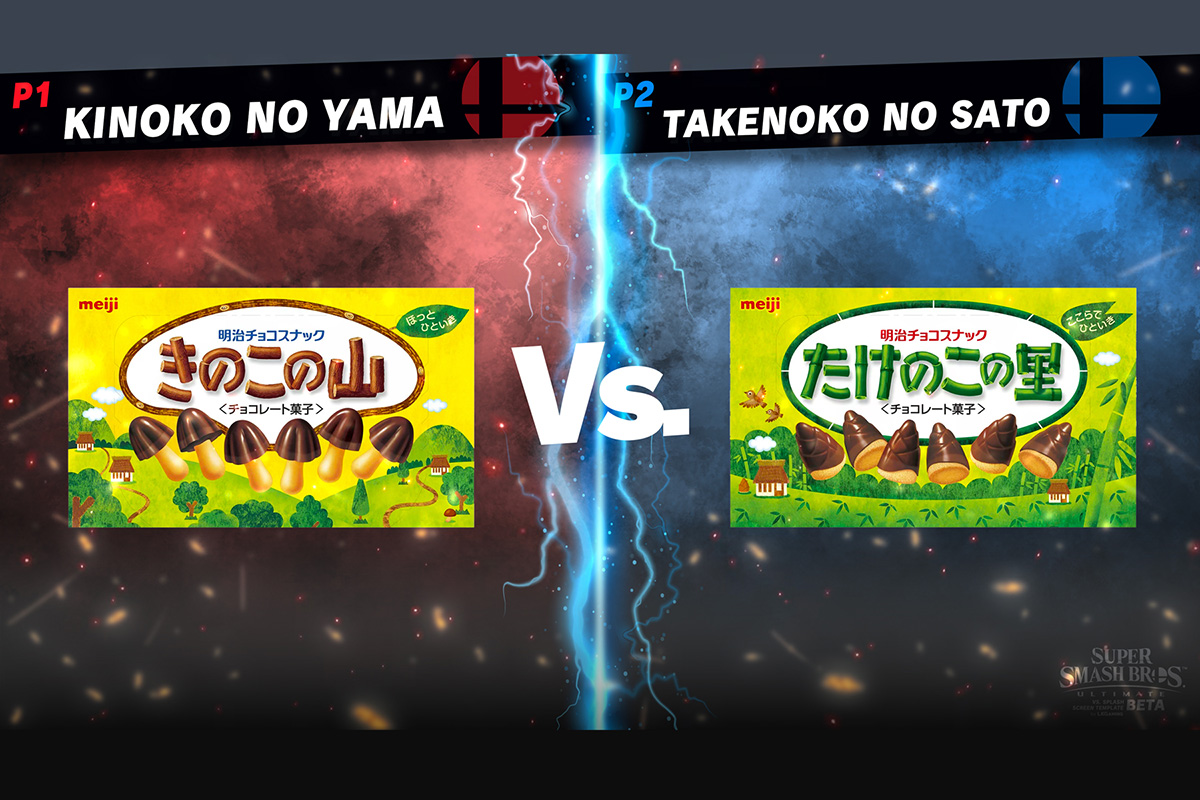
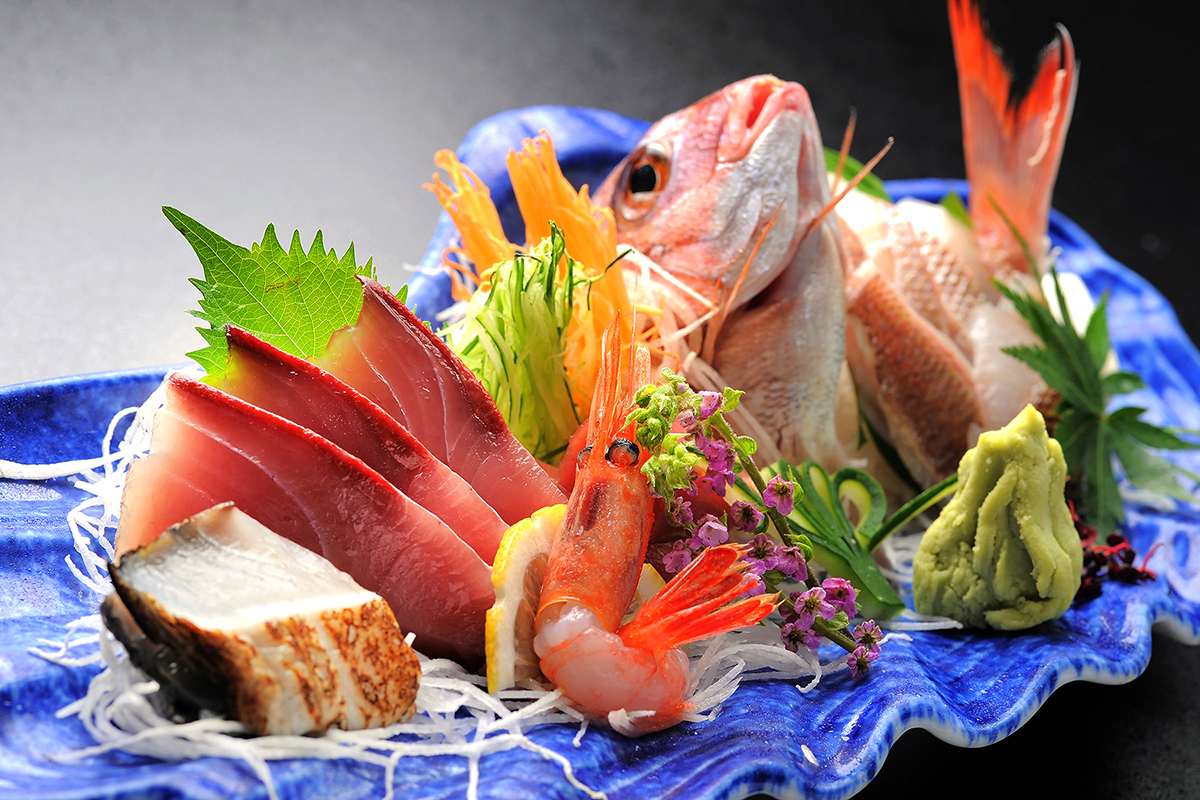
Comment